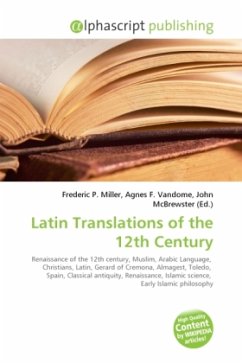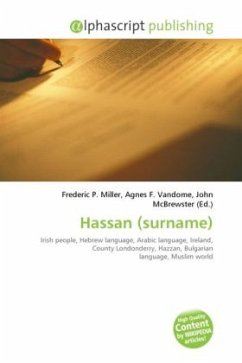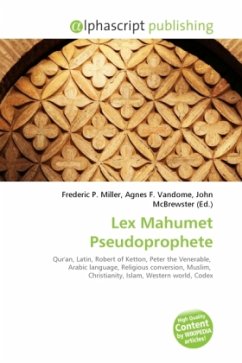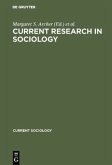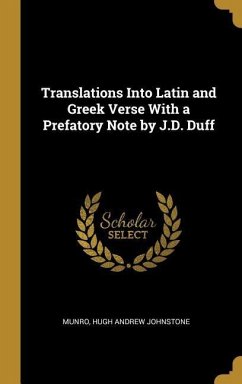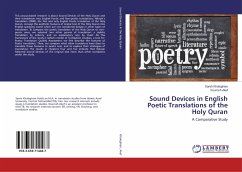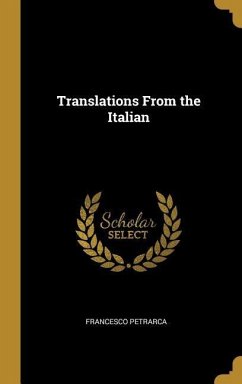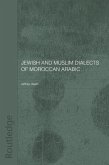The Renaissance of the 12th century saw a major search by European scholars for new learning, which led them to the areas of Europe that once been under Muslim rule and still had substantial Arabic-speaking populations, but that had recently been reconquered by Christians. This meant central Spain and Sicily, both of which had come under Christian rule in the eleventh century. The combination of a substantial numbers of Arabic-speaking scholars and Christian rulers made these areas intellectually attractive yet culturally and politically accessible to Latin scholars. A typical story is that of Gerard of Cremona (c. 1114-87), who is said to have made his way to Toledo, well after its reconquest by Christians in 1085, because he arrived at a knowledge of each part of [philosophy] according to the study of the Latins, nevertheless, because of his love for the Almagest, which he did not find at all amongst the Latins, he made his way to Toledo, where seeing an abundance of books in Arabic on every subject, and pitying the poverty he had experienced among the Latins concerning these subjects, out of his desire to translate he thoroughly learnt the Arabic language....
Bitte wählen Sie Ihr Anliegen aus.
Rechnungen
Retourenschein anfordern
Bestellstatus
Storno

